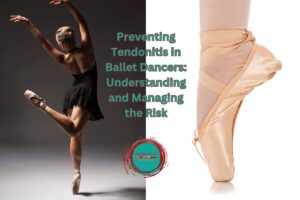 Recent media attention has focused on the high number of ACL (anterior cruciate ligament) injuries among Premier League footballers. Central Health Physiotherapy’s David Wales has previously worked for fourteen years with Premier League teams as well as being part of the FA and UEFA Injury Study Group. Here he discusses some of the issues related to ACL injury in footballers.
Recent media attention has focused on the high number of ACL (anterior cruciate ligament) injuries among Premier League footballers. Central Health Physiotherapy’s David Wales has previously worked for fourteen years with Premier League teams as well as being part of the FA and UEFA Injury Study Group. Here he discusses some of the issues related to ACL injury in footballers.
Previous research has calculated the incidence of ACL injury per 1000 hours of exposure to football training and matches. From that we’re able to benchmark that in a Premier League squad of 24 players we can probably expect one ACL injury per club every 12 to 18 months. This equates to between 10 and 15 ACL injuries per season in the Premier League as a whole. That’s not to say you won’t have more in that time, it just gives the range of ACL injuries you might expect.
All Premier League clubs will be applying injury prevention strategies to minimise the risk of ACL injuries. I would never ascribe an ACL injury to bad luck, although there is very little that can be done if the injury is due to a contact or collision. For non-contact ACL injuries there are recognised risk factors, the most relevant of which are how the players move, specifically their hip, knee and ankle alignment as well as fatigue levels. When you have three ACL injuries in a week as we just have, you wonder about fatigue as it was also an international week, where the top players fly-off to play for their national teams.
Another risk factor is training methodology. A UEFA study showed that the risk of injury was higher in the first three to six months of a player being in a new playing or training regime. This can be a player at a new club or in a different standard of play, or a new manager employing a new training regime. As well as the physical differences that come with the new routines there is also the psychology of possibly trying harder for the new manager, or indeed an international manager.
The playing surface or the new types of boots have been suggested in the media as a cause of ACL injuries. Of course they are a factor as interaction between footwear and the ground can cause stress through the ankle and knee. Some studies have shown that there are fewer ACL injuries on pitches with Rye grass compared to pitches with Bermuda grass. Most Premier League teams have a nylon mesh woven into the turf to stop it cutting up, as this provide a better playing surface. As yet there is not enough evidence to state whether these surfaces have any effect on injury or ACL injury rates. Regarding boots, previous research studies have shown that there is no significant difference in strain on the knee during football whether players are wearing studs or blades.
The best way to reduce the risk of ACL injury is to address movement faults with a physiotherapist as well as closely monitoring fatigue levels during training and competition. A physiotherapy assessment will identify faulty alignment, asymmetries and muscle imbalances. These can then be addressed under the supervision of a physiotherapist with a movement correction programme. For people engaged in multi-directional sports, the ability to land, cut and turn whilst maintaining optimal alignment and muscle control.




Comments